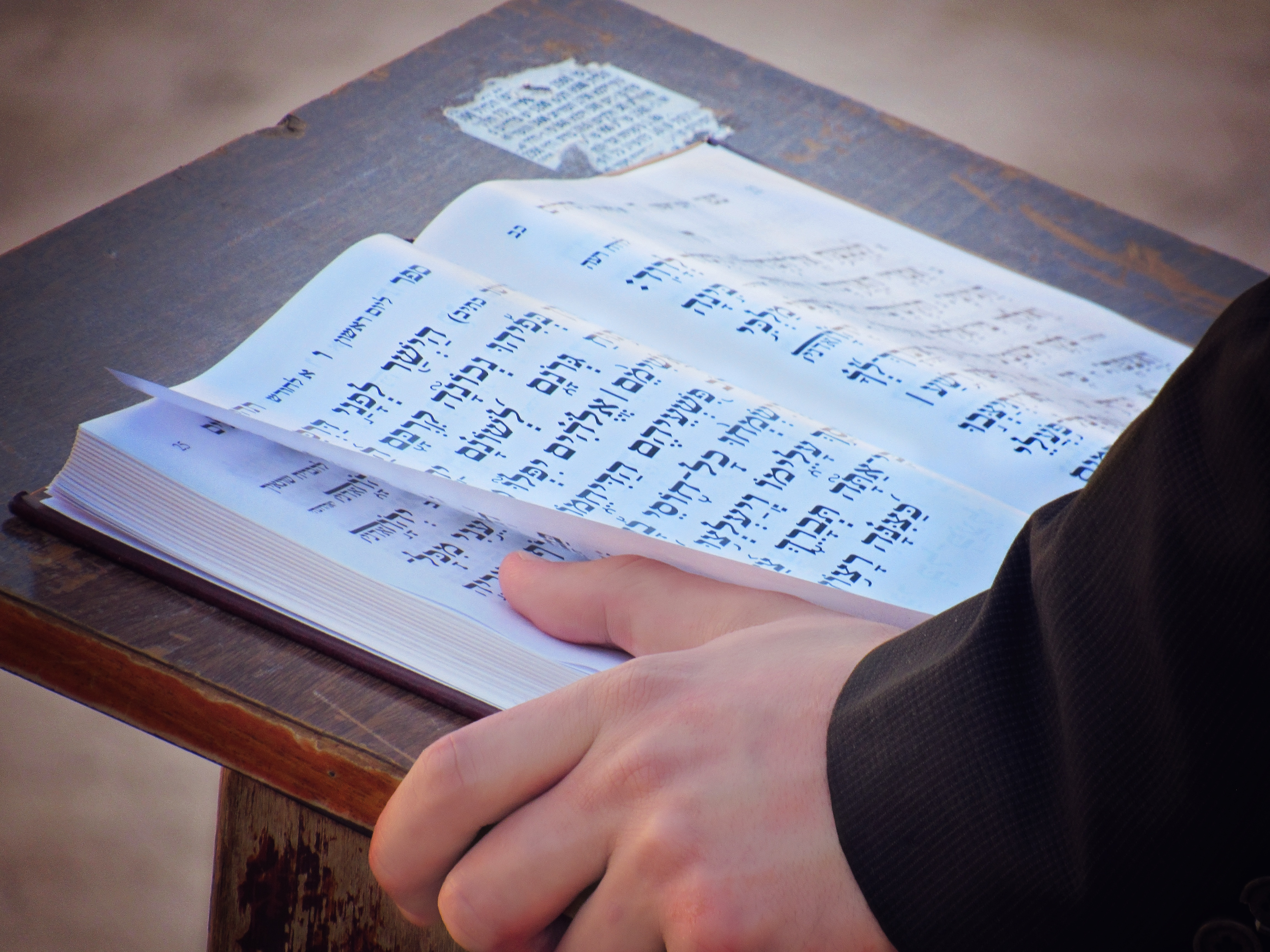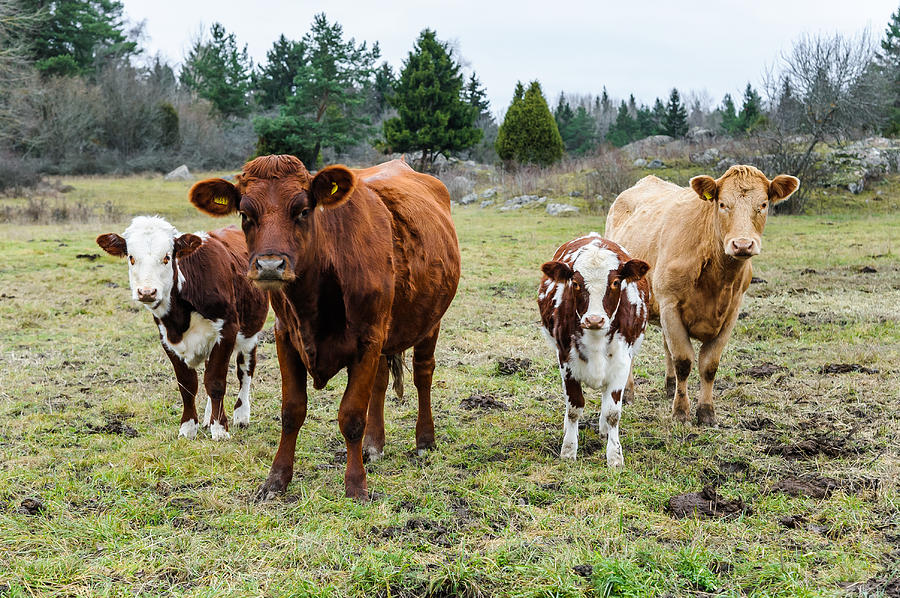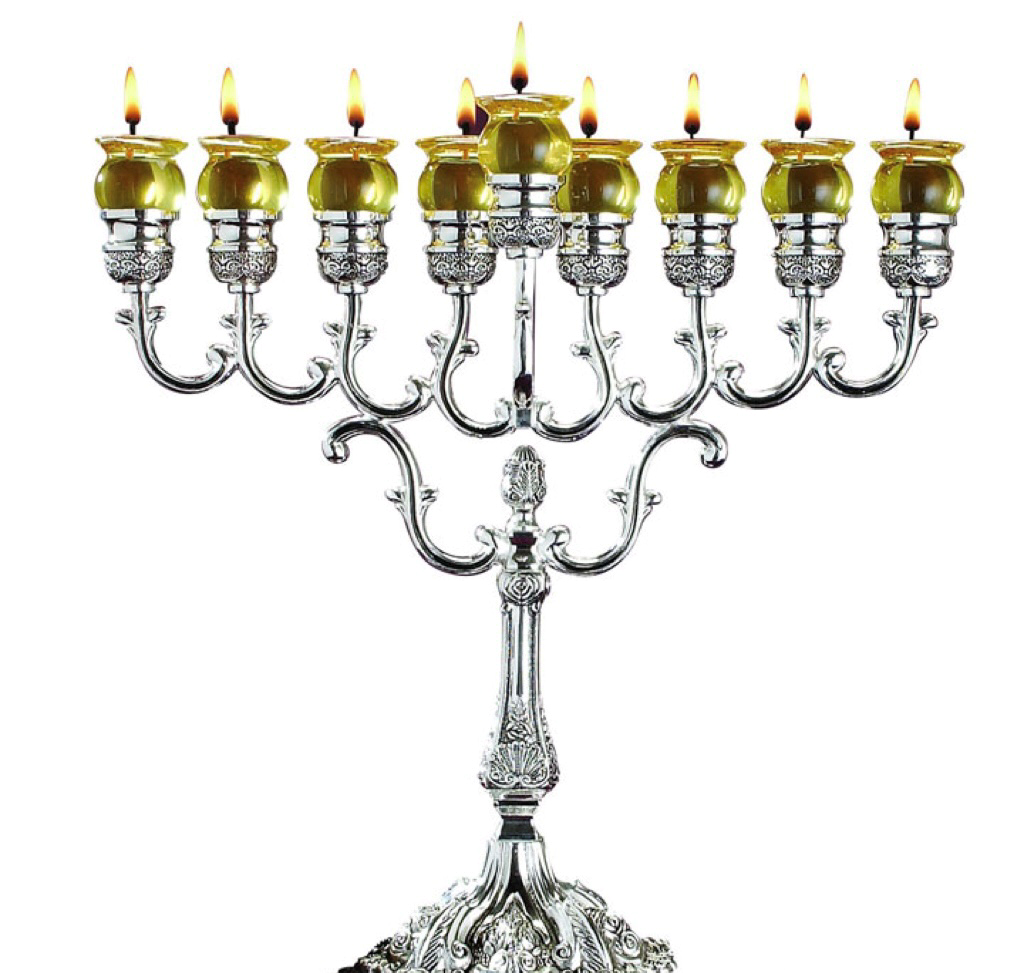The Meal on Erev Yom Kippur
The Sfas Emes brings down the Gemara in Tannis (26b) that says, “There never was a greater Yom Tov than Yom Kippur,” for that was the day on which Moshe brought the second Luchos (Tablet) down from Heaven. Since we cannot make a festive meal on Yom Kippur, we have the Yom Tov seudah on Erev Yom Kippur instead. According to the great tzaddikim, eating on Erev Yom Kippur atones for all the meals you ate without the proper intention all year. Since the purpose of eating on Erev Yom Kippur is to give you the strength to fast on Yom Kippur, the meals on Erev Yom Kippur have the power to restore and instill Kedushah (holiness) into the meals of the entire year.1
The Ateres Yeshua writes: As a reward for eating on Erev Yom Kippur (with the intention to be able to fast on Yom Kippur), Hashem will save us from sickness, pain, and suffering. A fascinating gematria supports this idea. The pasuk says (Shemos 23:25), “You will then serve Ha-shem your G-d, and he will bless your bread and your water. I will banish sickness from among you – mikirbecha.” The numerical value of Mikirbecha – 362 is the same gematria as the word Yom Kippur. Hashem will repay us for eating on Erev Yom Kippur by “banishing sickness from among us.1
Sefer Torah Loddas brings down the Gemara in Yoma (81b) that says, if one eats on Erev Yom Kippur it’s as if one fasted on Yom Kippur, and Erev Yom Kippur itself. Why is that so? The Malbim writes that it’s harder to eat for the sake of heaven than too fast for the sake of heaven.
The Mitzvah to eat and drink on Erev Yom Kippur
On Yom Kippur night, when everyone had gathered for the Kol Nidrei prayers and it was still before sunset, Rav Levi Yitzchok of Berditchev took a candle and began searching under all the benches in the shul. When asked what he was trying to find, he looked up incredulously and
said, “What am I looking for? Why, an intoxicated Jew, of course!” After completing his futile search, R’ Levi Yitzchok approached the Aron Kodesh, opened it, and with the entire congregation looking on, he began to speak. “Master of the world,” he cried, “You command us to eat and drink on Erev Yom Kippur as if it were a festive holiday. Suppose You had given this mitzvah to the other nations of the world – what would have been the result? They would surely have eaten like gluttons, drank with abandon, and by now, have been thoroughly inebriated.”
R’ Levi Yitzchok gestured toward the people. “Merciful Father in Heaven,” he continued, sobbing, “they have faithfully fulfilled your commandment of eating and drinking in a festive manner. Now they have all gathered here in utter solemnity, ready to approach You in prayer. Yet is a single one of them drunk? Is even one of them sleepy or nodding off from the effects of their drink?” With arms outstretched and a wail that pried open the hearts of all those assembled, he concluded, “You must appreciate your people, Hashem. They are spiritual people who devotedly adhere to Your commandments; indeed, they are worthy of forgiveness for all of their sins and transgressions. The Jewish people truly deserve your blessing for a year of life and prosperity!” And with that, R’ Levy Yitzchok began Kol Nidrei.2
Inviting the Sinners
In Kol Nidrei we say: “Anu Matirin LiHispallel Im HaAvrayanim – We sanction prayer with the transgressors.” Why does the inception and commencement of, Yom Kippur, the holiest day in our lives, begin with an open-door policy to sinners? Rav Yitzchok Fingerer explains: An integral component of the Kol Nodrei service is to extend an invitation to transgressors. It seems so contrary to the holiness and purity of the day to intentionally and deliberately invite transgres-sors to the most sacred of all services.
The Rabbeinu Bechaya Ibn Pakuda (Shemos 30:34) explains that whenever transgressors repent and atone for their sins, the Name of Hashem is sanctified. If the transgressors were to be excluded, the righteous would be held accountable for the sinners because all Jews are guarantors for one another. When one has in his company, fellow Jews who are unequivocally, sincerely returning to Hashem, despite their origins and backgrounds, one is in the presence of holiness.
Masechta Yoma
Why is the tractate dealing with Yom Kippur called Yoma, “the Day,” unlike those other Yomim Tovim, which are appropiatly named mesechtos Pesachim, Sukkah, and Rosh Hasanah? Because Yom Kippur is “the Day” – the holiest day of the year. Accordingly, the first Mishnah of Yoma begin with the words “Shivas Yomim, seven days.” The number seven signifies kedushah, holiness, and the kedusha of Yom Kippur is on the same level as that of Shabbos the seventh day.
This is why the Torah speaks of Yom Kippur in the terms of Shabbos Shabboson, “a Shab-bos for Shabbosos.” (Vayikra 23:32) There are six other Yomim Tovim: one day of Rosh Hasho-nah (mi deraroisa), two days of Sukkos, two days of Pesach, and one day of Shavuos. On these six days of Yom Tov all labor associated with the preparation of food is permitted. But the seventh day of Yom Tov – Yom Kippur has the same kedushah, the same holiness as Shabbos: no labor at all may be performed. Thus, Yom Kippur is the Shabbos of the other six “Shabbosos” – the other Yomim Tovim. Shabbos is called “a semblance of the World to Come.” Yom Kippur has an even
greater semblance of the World to Come, because on Yom Kippur we do not eat or drink, just as there is neither eating nor drinking in the World to Come.
Yom Kippur resembles the World to Come in yet another aspect. It is the only day of the year on which the Satan is unable to lodge accusations against Klal Yisroel. The Gematria of the word haSatan is 364, for the Satan denounces Yisroel 364 days of the year (solar calendar). But on the 365th day – Yom Kippur – the Satan is powerless, just as he will be in the world to come. (Maharsha, Yoma 2a)3
Miracles in the Beis HaMikdash
The Mishnah (Avos 5:5) lists ten miracles that happened in the Beis HaMikdash, one of which was that the people stood crowded together yet prostrated themselves in ample space. Though there was not even enough room to stand up, each person had ample room to prostrate himself and confess his sins on Yom Kippur. The miracle was performed so no one can hear his neighbor confess his sins.
The Chasam Sofer notes that a similar miracle happened in the Holy of Holies, where the Ark did not take up any space. (Yoma 21a) When the people found themselves crowded together, they began to wonder, “Why can’t the same miracle happen to us? Evidently, we are not worthy of it, for we did not cleanse ourselves sufficiently from our sins.” They wholeheartedly confessed their sins – and miraculously, there was suddenly enough room for everyone.3
Atonement at Day’s End
The Chasam Sofer writes in his Machzor, that the Gemara (Avodeah Zarah 8a) describes how Adam reacted when he first saw the setting of the sun, on the day he was created. “Woe is me!” he exclaimed. “Perhaps because of my sin the world is growing dark and returning to its primordial emptiness and formlessness. This must be the death I was sentenced to!” He stayed up all night fasting, crying, and doing teshuvah – and his teshuvah was accepted. This was a portent for all future generations. We close the Neilah service with the Viduy confession because on Yom Kipper atonement is granted in the final hour of the day.
The Seudah of Motzei Yom Kippur
The Sfas Emes says that the sages teach us that when we eat on Erev Yom Kippur, it is considered as if we fasted both on Erev Yom Kippur and Yom Kippur. This is because the festive meal of Erev Yom Kippur has the aura of the solemn spirit of Yom Kippur. The same holds true for Motzei Yom Kippur. The pasuk tells us to observe Yom Kippur “from evening to evening.” (Vayikra 23:32) Do we fast on motzei Yom Kippur? Not at all – we only fast during the day of Yom Kippur, not in the evening! A possible answer is that the spirit of Yom Kippur extends into Motzei Yom Kippur. So, it is when you eat a festive meal on Motzei Yom Kippur, it counts as if you fasted for two days.







